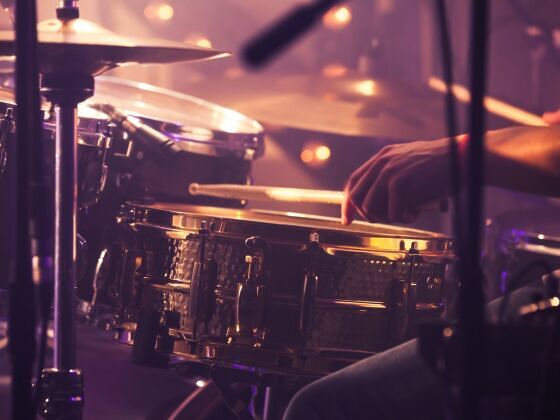1. HAUL YOUR ASS down to Java Café to buy a ticket.
This doesn’t sound like a big deal, but you’ve been hit with one of those requisite newbie stomach flus, and you a) barely slept all night, b) feel like someone took an air mattress deflater to your insides, and c) are dizzy and a little shaky when you walk.
